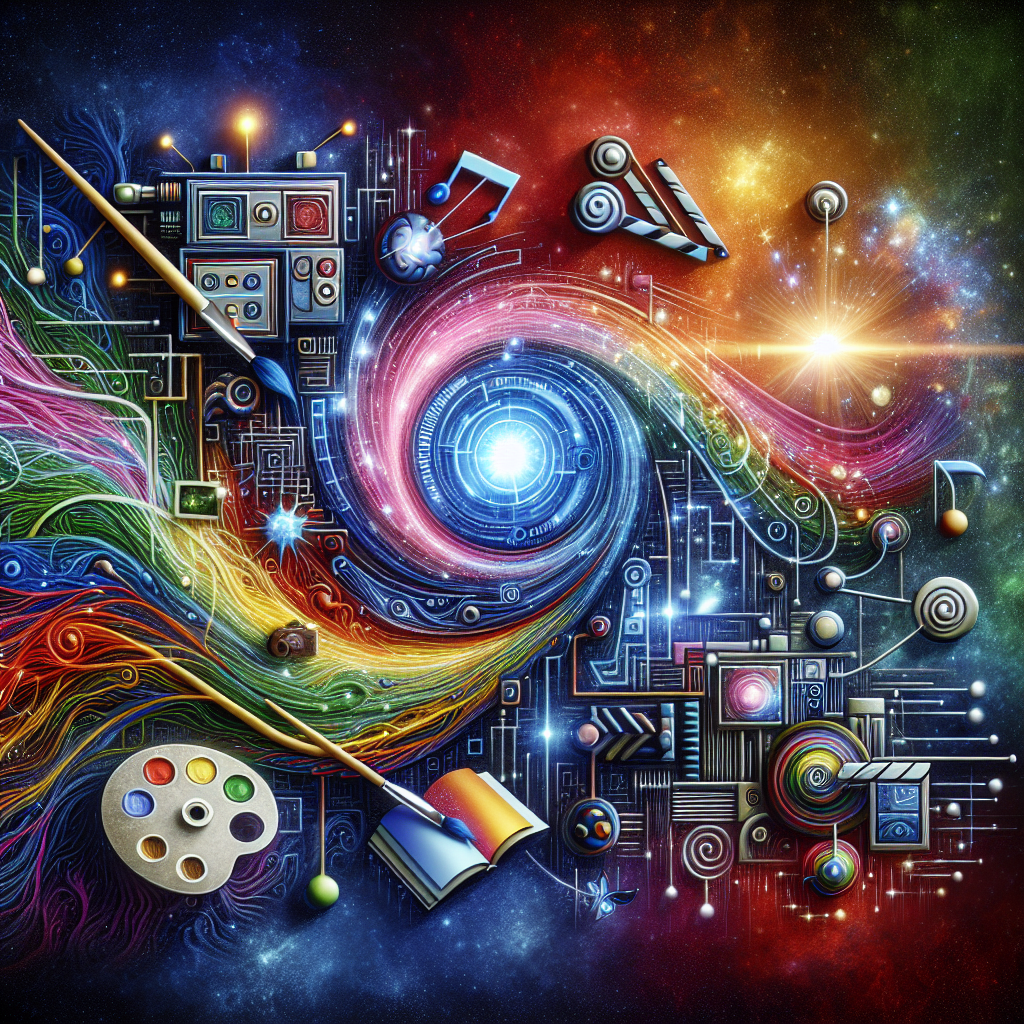Your cart is currently empty!
Creating the Unthinkable: How Generative AI is Pushing the Boundaries of Creative Expression

Artificial intelligence (AI) has been revolutionizing various industries, from healthcare to finance, and now it is making its mark on the world of creativity. Generative AI, a subset of AI, is pushing the boundaries of creative expression by enabling machines to generate original content such as music, art, and even literature.
Generative AI works by training algorithms on vast amounts of data, allowing them to learn patterns and create new content based on that knowledge. This technology has opened up a new realm of possibilities for artists and creators, allowing them to explore ideas and concepts that were previously unimaginable.
One of the most well-known examples of generative AI in the creative space is Google’s DeepDream, a neural network that creates psychedelic images by enhancing and modifying existing images in a way that mimics the human visual system. Artists and designers have used DeepDream to create stunning and surreal artworks that challenge traditional notions of art.
Another example of generative AI pushing the boundaries of creative expression is AIVA, an AI composer that creates original music compositions in various genres and styles. AIVA has been used by musicians and filmmakers to create soundtracks and scores that evoke emotions and atmosphere, showing that AI can be a valuable tool for artists looking to experiment with new sounds and melodies.
In the world of literature, generative AI has been used to create short stories and poems that challenge the boundaries of traditional storytelling. Projects like Botnik Studios’ “Harry Potter and the Portrait of What Looked Like a Large Pile of Ash” demonstrate how AI can create humorous and unconventional narratives that spark the imagination.
While generative AI has the potential to revolutionize the creative process, it also raises ethical questions about authorship and originality. As AI becomes more sophisticated and capable of generating content that is indistinguishable from human-created work, how do we determine who owns the rights to these creations? How do we ensure that AI is used ethically and responsibly in the creative space?
Despite these challenges, generative AI is opening up new possibilities for artists and creators to explore and experiment with ideas that were previously unthinkable. By embracing this technology and pushing the boundaries of creative expression, we can unlock new forms of art and innovation that have the potential to reshape the way we think about creativity.

Leave a Reply